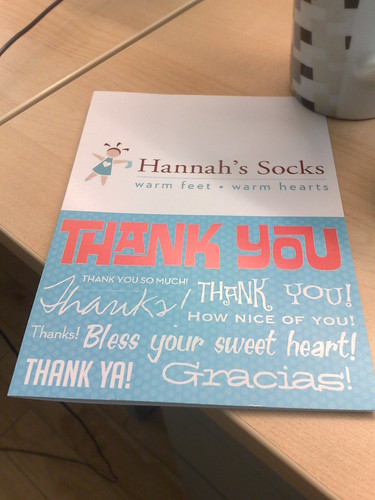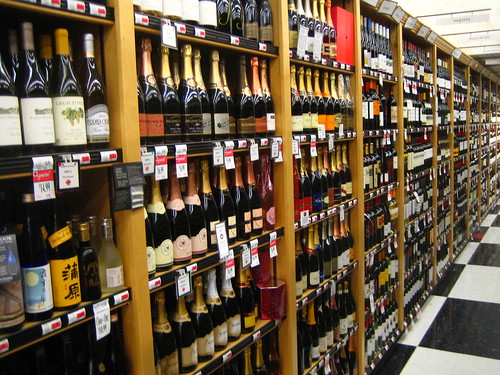There are three critical numbers in your business that affect your bottom line. Listen to find out how you are wasting money if your marketing isn’t focused on increasing at least one of these figures. And how working on all of them could skyrocket your business.
Customers
Why you should stop chasing new customers!
When I first talk to a client about their marketing, I have a few questions I always ask. The first is “What do you want to achieve from your marketing?”, almost without fail I get the same response: More customers!
While it is the obvious response, it isn’t strictly the truth. When they ask for more customers, most businesses really want something else… More money! The assumption that more customers result in more money doesn’t always hold true.
The Problem
The problem with targeting more customers with your marketing, is that each customer costs money in the form of paperwork and staff time for customer service. Marketing to new potential customers is also expensive.
The solution is better customers
Rather than aiming for more customers, how about focusing on creating more great customers. A great customer is a heavy user of your products or services, they buy more, more often. The never complain about your prices, and best of all they brag about your business to their friends and colleagues.
A great customer is valuable to your business from a profit perspective, but they also give you the best type of marketing you can get – word of mouth testimonials. In short, they send you referrals!
Getting great customers
There are two things to keep in mind about great customers. Firstly, you already have some great customers. and secondly, your great customers think differently about your products or services than your regular customers.
In a cafe example: To a regular customer, the cafe might be a place for an occasional pick-me-up, or a casual place to meet a client out of the office. To a great customer, the cafe is their breakfast bar.
Get talking to the the great customers you already have. Find out their thoughts on your products, what is it about them that make them great customers, and why they choose you over your competitors.
Once you have an understanding of who your best customers are, and WHY they are great customers. You can use the information to:
- Encourage your standard customers to become Great customers
- Target your marketing at those people who are most likely to become great customers
Rather than aiming to get just more customers, your ultimate goal should be to get more GREAT customers.
Last Question:
What do you offer to your best customers to let them know how much you value them? Do they know they are a VIP to your business?
A great illustration of the importance of first impressions
I am always searching and reading as much as I can about marketing and branding to make sure we can keep up with the newest and best techniques people are coming up with.
Anyway, I stumbled on this post the other day. It is a short video that really gets across the point I made the other day in my paint the fence post, about the importance of a first impression.
Head over here now and check out this post… the video is only about a minute long, and totally worth a look:
Have you thanked your customers lately?
 Your most important customers are the ones you already have. Businesses often spend thousands of dollars per year marketing and advertising to attract new customers while ignoring, or taking for granted their current customers.
Your most important customers are the ones you already have. Businesses often spend thousands of dollars per year marketing and advertising to attract new customers while ignoring, or taking for granted their current customers.
Existing customers have already chosen to do business with you, the chances they will do again is high if you look after them.
Sending your current customers something as simple as a thank you card could be the best value marketing you could do. Of course you could also give them a small gift or make them a VIP offer to encourage them back to see you.
I know one business that sends one handwritten thank you card to a different customer everyday. It is a habit that pays dividends.
To employ this idea, you need to know who your customers are. Do you have a list of customer contacts? If you don’t, you should – start building one today!
Marketing lessons from the wine industry

Here in Marlborough it is hard to escape the wine industry, it is a huge part of our regional economy.
I was in the supermarket the other day and run into a friend of mine who has a reasonably young wine label, and it got me thinking…
With supermarket shelves lined with hundreds of brands, how do you make your bottle of wine stand out and reach your customers?
One simple marketing strategy used for years by wineries, big and small, is offering free tastings of their product. How often have you been asked if you would you like to try a glass of wine in the supermarket?
Here’s why this is a great way to market your brand of wine:
- They go to where the customers are – customers are already in the supermarket. If they are going to buy a bottle of wine, who do they see? If they like the wine, they can grab a bottle and buy it immediately.
- The customer is being offered something for free, no obligation. Lets be honest, we all like free stuff.
- People are creatures of habit – A free tasting is an easy way to try something new.
- It takes away the customers fear of buying a bottle of wine and hating it. They already know what it tastes like before parting with their hard earned cash.
I think it works even better for smaller players in the market. It gives them a chance to put a face to the brand and start a conversation with the customers. They can tell a story about their wine and relate it to the customer easier than a sales rep from a large company.
How can you use this idea in your business?
- What can you offer potential customers for free? Remember, wineries only give away a small taste, not whole bottles of wine. Can you offer a taste of your product or service?
- Is there a place your products or services are frequently purchased or used? Can you have a presence there to meet them?
- What fears do customers have about purchasing your products or services? Can you offer a try before you buy deal or a satisfaction guarantee?
photo credit: rick
Love is blind
You have heard the phrase “love is blind”… Often a flippant remark when we notice a seemingly mismatched couple. But often this cliché runs true. When we are in love, we are more forgiving of the little problems and imperfections. In fact we can come to value these imperfections and personality quirks and become some of the reason we love so much.
When people love a brand, they will forgive that a product is a little more expensive, or that they have to go out of their way to find it. They will refuse to admit another brand can be as good, let alone better. They’ll purchase the product(s) over and over again, and they’ll rave about it to friends and colleagues. A great example is Karen recently professing her love for her new Apple Mac.
On a recent blog post, Seth Godin writes about Love and what he considers its opposite… Annoying. Check out Seth’s full post here: Love (and Annoying). He gives some great examples of companies and products that aim to be loved by their customers and others that aim to be less annoying.
The ultimate goal in branding or designing a product is to be loved by our customers. While we would all love to have a brand that is universally loved by everyone, it is not always possible. Seth suggests, “If you can’t do that [be loved], perhaps you can make your product or service less annoying”.
The problem with love is that not everyone loves alike, and those who don’t love your brand will likely find you annoying. If your business model will work with fewer, but more loyal customers, then love maybe you should try to create a brand for people to love. But if you need more customers, then spend your effort making sure you are less annoying.

